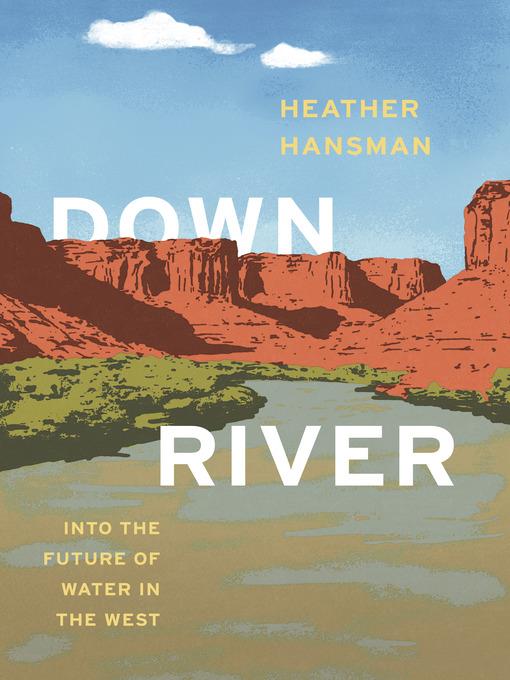
Downriver
Into the Future of Water in the West
کتاب های مرتبط
- اطلاعات
- نقد و بررسی
- دیدگاه کاربران
نقد و بررسی

April 1, 2019
Environmental journalist and former rafting guide Hansman explores the issues surrounding water rights and usage in the West. The Green River, a tributary of the Colorado River, provides water for ranchers, river towns, energy extraction, fisheries, recreation, and far-distant cities. Sharing the history and exploration of the Green River, the author explains the complicated series of laws that have historically allocated water rights. In order to offer a complete picture of river usage, Hansman interviews experts on water, weather, and climate, as well as stakeholders from ranchers to employees of rafting companies. While doing so, she undertakes a mostly solo inflatable raft journey down the river from its beginning in Wyoming to its confluence with the Colorado River in Utah, rafting through ranches, beautiful canyons, desert, natural gas fields, and national monuments to experience the waterway for herself. Presenting the varied positions of the specialists and stakeholders, Hansman contemplates how our usage must change owing to a dwindling water supply. VERDICT This lyrical, introspective chronicle sees one woman's river journey interwoven through a fascinating, well-researched guide to past, present, and future water use and allocation in the West.--Sue O'Brien, Downers Grove, IL
Copyright 2019 Library Journal, LLC Used with permission.

February 1, 2019
Environmental journalist Hansman paddles down the Green River considering the legacy of conflict and waste that surrounds water in the West.The Green River marks the northerly beginning of the Colorado River, stretching down from the mountains of Wyoming into central Utah--remote country, mostly, but pocked by big farms and bigger cities, all thirsty. The author, a former raft guide who has written for Outside, Smithsonian, and other publications, takes as her larger subject a historically overallocated water supply that is quickly running out in the face of crushing demand. "At some point," she writes, "the inflow and the amount we're using will have to be balanced, and right now no one quite knows how that will work out." True enough, except that it will almost certainly be worked out in a generation of lawsuits that will have to contend with, and perhaps amend, the long-standing western water doctrine of prior appropriations, which holds that whoever gets to the water first owns it ("First in time, first in right, the saying goes"). That doctrine is of a piece with the boom-and-bust West, much of which is "a world built on future expectations" that somehow never come to pass, including the breaking of a long cycle of drought. Hansman's journey serves as a vehicle for an issues-driven narrative so full of detail that moving across the landscape sometimes seems an afterthought: "In the morning we make eggs and bacon, dancing to avoid the mosquitoes while we finish rigging the boat," she writes near the end of the trip. At times, readers may wish that she slowed down to fully describe the scene on the ground and take a few more pages to do so. Still, she delivers a worthy updating of a core library containing such works as Marc Reisner's Cadillac Desert and Philip Fradkin's A River No More.An insightful look into the unsustainability of western waterways.
COPYRIGHT(2019) Kirkus Reviews, ALL RIGHTS RESERVED.

























دیدگاه کاربران